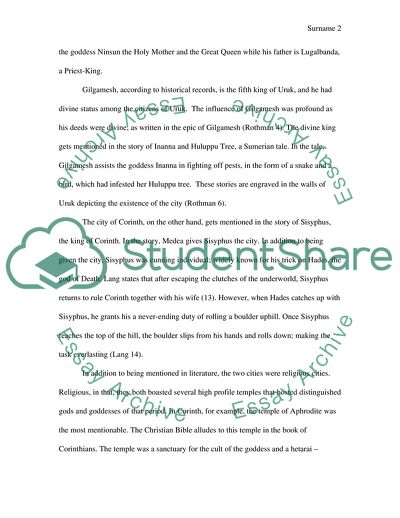Cite this document
(Uruk and Corinth in Ancient Times Term Paper Example | Topics and Well Written Essays - 1750 words, n.d.)
Uruk and Corinth in Ancient Times Term Paper Example | Topics and Well Written Essays - 1750 words. https://studentshare.org/history/1827405-world-literature-i
Uruk and Corinth in Ancient Times Term Paper Example | Topics and Well Written Essays - 1750 words. https://studentshare.org/history/1827405-world-literature-i
(Uruk and Corinth in Ancient Times Term Paper Example | Topics and Well Written Essays - 1750 Words)
Uruk and Corinth in Ancient Times Term Paper Example | Topics and Well Written Essays - 1750 Words. https://studentshare.org/history/1827405-world-literature-i.
Uruk and Corinth in Ancient Times Term Paper Example | Topics and Well Written Essays - 1750 Words. https://studentshare.org/history/1827405-world-literature-i.
“Uruk and Corinth in Ancient Times Term Paper Example | Topics and Well Written Essays - 1750 Words”. https://studentshare.org/history/1827405-world-literature-i.


